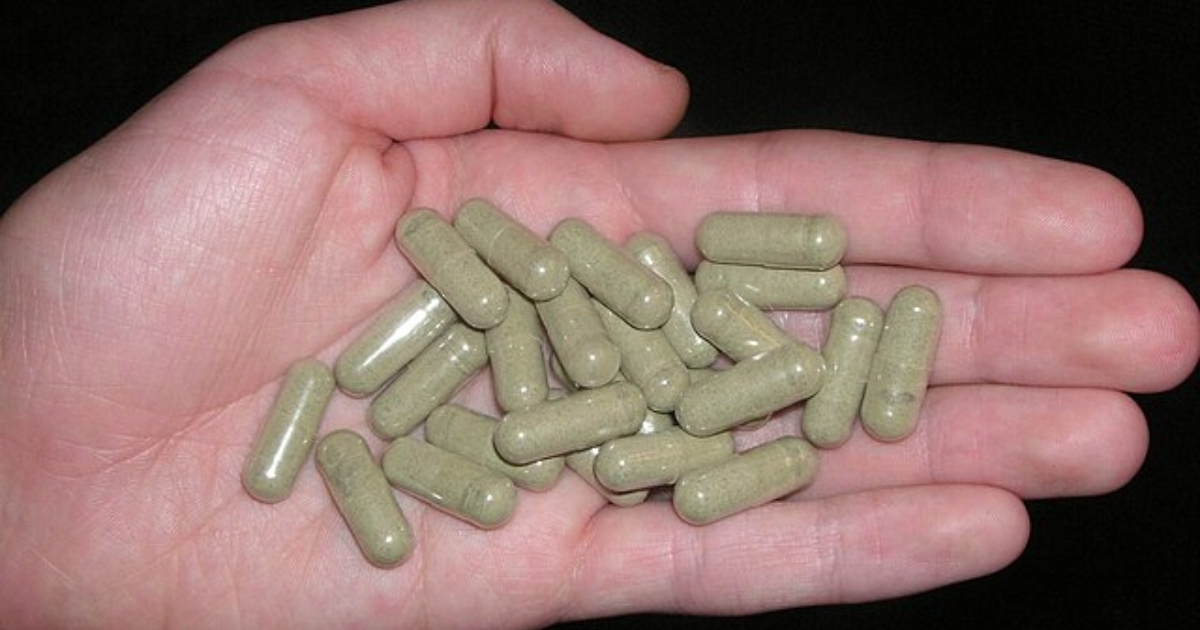Crack is the street name for a very popular form of cocaine processed to create a rock crystal.
The drug “crack” gets its name from the crackling sound these rocks make when heated and then smoked. The drug delivers a fast and powerful high. It’s also known to be extremely addictive. Using crack cocaine raises the risks of developing cocaine use disorder.
Crack cocaine involves dissolving powdered cocaine in a mixture of water and baking soda. Boiling the mixture then creates solid crystals. After the solid forms, it’s broken down into “crack rocks.” Those rocks are then smoked in a crack pipe.
Because of crack’s addictive potential, it’s classified as a Schedule II illicit drug under the Controlled Substances Act.
Crack vs Cocaine: What’s the Difference?
Crack comes from cocaine, but there are some notable differences between the two drugs.
To start, cocaine in its original state is a powder, and so is often snorted. This causes a less immediate, less intense high compared to crack. It is also dissolved and injected.
The high is also different. The high from snorted cocaine typically lasts 15 to 30 minutes, which is relatively longer than crack but less intense. The onset of the high is also slower. By contrast, the high from the drug crack lasts for a shorter time but is more intense.
Perhaps the most interesting difference between the two drugs is how they have historically been treated under law. Historically in the United States, the penalties for crack are more severe than for cocaine, despite the fact that they are pharmacologically similar substances.
This discrepancy is controversial because it disproportionately affected certain groups more than others (typically young black males). The Fair Sentencing Act of 2010 began to address these disparities by reducing the sentencing gap between crack and cocaine offenses.
The two drugs are often portrayed differently as well. Cocaine is often portrayed as a “white collar” drug due to its higher cost and association with wealth and glamor. By contrast, crack, because it’s cheaper, is commonly perceived as a drug of the poor.
Get confidential help from our addiction treatment specialists in Orange County. Call to join our rehab program today!
Call 866-881-1184How Do People Use Crack?
Crack is typically smoked. The rocks go in a crack pipe, which might be a small glass hand pipe, and heated. The resulting vapors enter the lungs when inhaled.
This method of cocaine consumption delivers a very quick and powerful high. This high lasts for a short duration, typically 5 to 10 minutes. The rapid onset and decline of the high often lead to repeated use in short succession, or binging.
Cocaine, on the other hand, is typically snorted through the nose. This produces a high that is less intense but lasts longer.
Can You Smoke Cocaine?
Powdered cocaine is not typically smoked because the high temperatures required for smoking would destroy the drug before inhalation.
Crack, on the other hand, is cocaine converted into a rock form (freebase) that is smoked. Freebase cocaine vaporizes at a lower temperature, making inhalation possible without decomposing the active substance.
Signs and Symptoms of Crack Addiction
If someone is using the drug crack, there will be some very obvious indicators. Signs of crack use are largely the same as cocaine addiction symptoms. These symptoms break down along physical, psychological, and behavioral lines.
Physical symptoms of addiction to the drug crack include:
- Increased heart rate and blood pressure — As cocaine is a stimulant, boosts the body’s physiological processes. This leads to rapid heart rate and high blood pressure.
- Dilated pupils
- Decreased appetite and weight loss
- Sleep issues
- Trouble breathing
- Marked energy peaks and crashes
Psychological signs of crack addiction include:
- Compulsive Cravings
- Anxiety and Depression
- Hallucinations and Psychosis — Long-term crack use can lead to auditory and visual hallucinations, as well as a condition known as “cocaine psychosis,” characterized by paranoid delusions.
- Mood Swings
Behavioral signs of addiction to the drug crack include:
- Drug-seeking behavior — A person may go to great lengths to obtain crack, neglecting obligations, and personal responsibilities.
- Increased risk-taking, especially relating to sexual behavior or criminal activities like theft.
- Unexplained financial issues
- Social withdrawal
- Agitation and paranoia
If you see these signs in a friend or family member that person urgently needs help. Crack addiction is a serious medical and psychological condition that often requires a comprehensive treatment approach.
Looking for quality substance abuse treatment that’s also affordable? South Coast accepts most major insurance providers. Get a free insurance benefits check now.
Check Your CoverageCrack Addiction Treatment at South Coast Behavioral Health
If you or a loved one are smoking crack cocaine, South Coast Behavioral Health offers compassionate and affordable addiction and drug abuse counseling. Stimulant drug abuse is a real concern. Those who smoke crack are putting themselves at risk.
Before starting one of our levels of care, you will need to undergo a medical detox for cocaine. Our medical detox program in California features caring and compassionate professionals who can provide you with medications to manage your withdrawal symptoms. This may include things like anti-seizure medication and antidepressants.
At South Coast, we take pride in offering substance abuse treatment that is closely tailored to specific issues. To that end, we offer gender-specific detox programs, with medical detox for men in Irvine, CA, and medical detox for women in Huntington Beach, CA.
After detoxing, proper treatment can begin.
Treatment for substance abuse takes place along an entire spectrum of care. Along that entire spectrum are various behavioral therapies, support groups, and the use of medically-assisted treatment (MAT).
These levels of treatment are, in order, as follows:
Residential Treatment in California
After completing medical detox, you’ll receive inpatient treatment in Orange County California. There, you’ll receive medically-assisted treatment and dual diagnosis treatment to deal with any cravings or co-occurring mental health issues you may be battling. We also offer residential treatment facilities in Costa Mesa, Irvine, and Huntington Beach for those who desire gender-specific treatment. There, patients get round-the-clock medical attention and monitoring while living at the center full-time.
In addition to individual and group counseling and medication management, you’ll also have access to leisure activities and family support services for abuse of powerful stimulant drugs.
Partial Hospitalization in California
Most clients start substance abuse treatment with South Coast in our residential treatment program. After completing that, many desire something that still provides structure and support, but with extra space and time to oneself. For that, we offer Partial Hospitalization in Newport Beach.
A step down from inpatient care but with more structure than conventional outpatient programs, partial hospitalization offers a good balance for those looking to ease back into normal life. Clients can receive care five to seven days a week for several hours each day, returning to their homes in the evening.
This way, they can recover without putting their daily lives completely on hold, receiving intense therapeutic interventions like group and individual therapy, skill development, and medication management as necessary during drug rehab.
Intensive Outpatient Treatment in California
For those leaving inpatient residential treatment or partial hospitalization, intensive outpatient programs (IOP) are yet another gradual step forward on the road to recovery.
With a focus on group therapy, individual counseling, and education, clients undergoing Intensive Outpatient Treatment in Newport Beach can meet three to five days a week. Each session lasts three hours.
This level of care requires the least amount of attendance at a facility.
Start Today
If you or a loved one are struggling with crack or cocaine addiction but wonder how long addiction counseling takes or have other questions, call us at 866-881-1184. Our highly qualified staff will be happy to help give you an idea of what to expect from your addiction recovery timeline, verify your insurance, and assist with any other questions you may have. The effects of crack cocaine are devastating. Our cocaine abuse withdrawal treatment can help. Call today.
REFERENCES:










